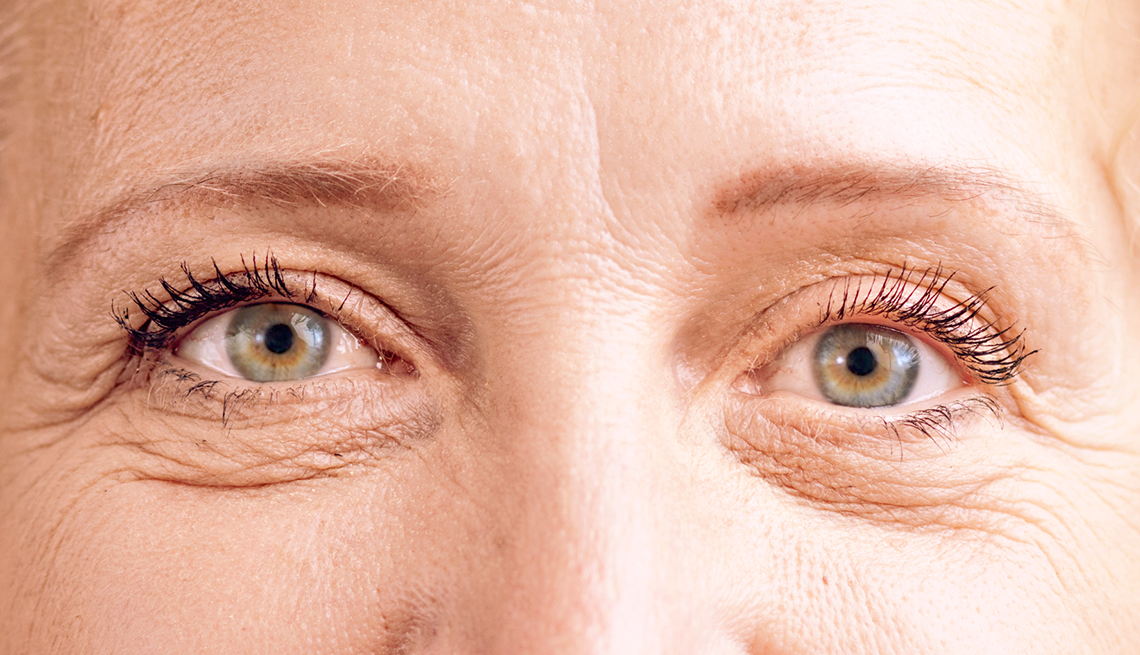All Categories
Featured
Table of Contents

The world of vision improvement is rapidly evolving, driven by groundbreaking technological improvements that are reshaping how we treat and view eye wellness. From laser surgical treatments to cutting-edge eyewear, the choices available today are not only extra effective but additionally satisfy the unique needs of each person. In this blog, we will explore exactly how technology is boosting vision modification options, leading to improved patient end results and contentment.
1. Laser Technology Innovations.
At the forefront of vision improvement innovation are sophisticated laser procedures like LASIK and PRK. These techniques have actually been transformed by the intro of femtosecond lasers, which create accurate and regulated cuts in the cornea, lessening discomfort and improving healing time.The latest advancements, such as topography-guided LASIK, permit for a personalized therapy strategy that makes up the distinct curvature of a patient's cornea. This level of personalization not only raises the precision of the treatment but also lowers the danger of problems, leading to clearer vision post-surgery.
2. Smart Get In Touch With Lenses.
The growth of wise get in touch with lenses represents a considerable jump in vision modification innovation. These lenses can monitor different health parameters, such as sugar levels in diabetics or intraocular stress for glaucoma people.By integrating sensing units right into the lens style, makers are producing a product that goes beyond vision improvement, giving useful wellness information in real-time. As research in this field progresses, clever get in touch with lenses can possibly change just how we take care of eye wellness and problems connected to vision.
3. Advanced Intraocular Lenses (IOLs)
For patients going through cataract surgical treatment or looking for remedies for presbyopia, advanced intraocular lenses have become a game-changer. Today's multifocal and toric IOLs are developed to supply clear vision at numerous ranges, reducing dependancy on glasses for daily activities.New modern technologies permit the modification of IOLs based upon specific way of lives and visual demands. Fitting IOLs can move their emphasis based on the eye's placement, giving a more natural visual experience. These advancements make sure that individuals enjoy much better visual results after surgical treatment, improving their quality of life.
4. Telemedicine and Remote Tracking.
The COVID-19 pandemic increased the fostering of telemedicine, and this fad has actually prolonged into eye treatment. Clients can currently speak with eye treatment experts from the convenience of their homes, talking about signs and symptoms and treatment alternatives without the demand for in-person visits.Remote surveillance devices that connect to mobile phones or tablets enable people to track their eye health and vision changes gradually. This information can be shown to medical care companies, making certain timely treatments and personalized care plans. The benefit and ease of access of telemedicine are specifically useful for people with wheelchair difficulties or those living in backwoods.
5. Man-made Knowledge in Eye Care.
Man-made intelligence (AI) is significantly becoming an essential component of eye care. AI formulas are utilized to evaluate big collections of information, allowing early discovery of problems like diabetic person retinopathy and macular degeneration with retinal imaging.AI can aid eye care professionals by highlighting abnormalities that may need further examination, improving diagnostic precision and effectiveness. By simplifying the analysis process, AI not just enhances client care but likewise permits for more prompt therapy interventions.
6. Personalized Glasses Solutions.
The rise of personalized eyeglasses has actually transformed how individuals come close to vision improvement. Advanced 3D printing modern technologies make it possible for the creation of individualized frames and lenses customized to a person's unique facial framework and vision needs.In enhancement to aesthetic advantages, individualized eyewear improves comfort and effectiveness. Patients can currently pick from various lens options, consisting of blue light stopping, photochromic, and high-index lenses, guaranteeing they locate the excellent option for their lifestyle and aesthetic choices.
Conclusion.
Technology is significantly changing vision adjustment alternatives, causing better outcomes and raised contentment for individuals. From innovative surgeries and clever get in touch with lenses to telemedicine and AI-driven diagnostics, the future of eye treatment is encouraging. As these innovations remain to evolve, individuals can expect a more efficient and customized strategy to vision adjustment, inevitably enhancing their top quality of life. Embracing these developments not just makes sure optimum eye health however additionally equips individuals to see the world with quality and confidence.Latest Posts
A Historic Coastline Destination with Modern Thrills
Published Apr 17, 25
1 min read
A Historic Shoreline Destination with Modern Delights
Published Apr 14, 25
1 min read
Your Guide to Occasions at Canyon Crest Occasion Center
Published Feb 22, 25
3 min read